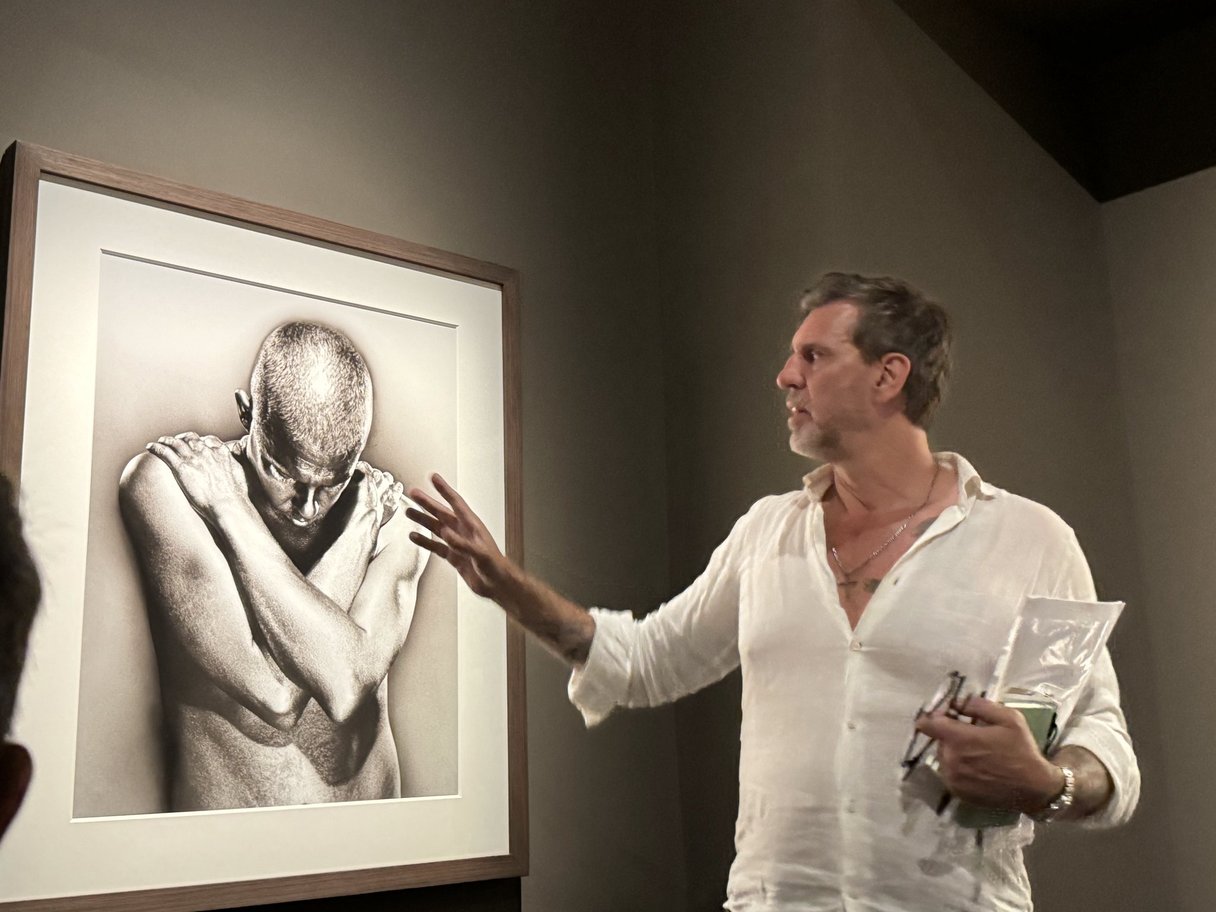di Patrizia Vallone
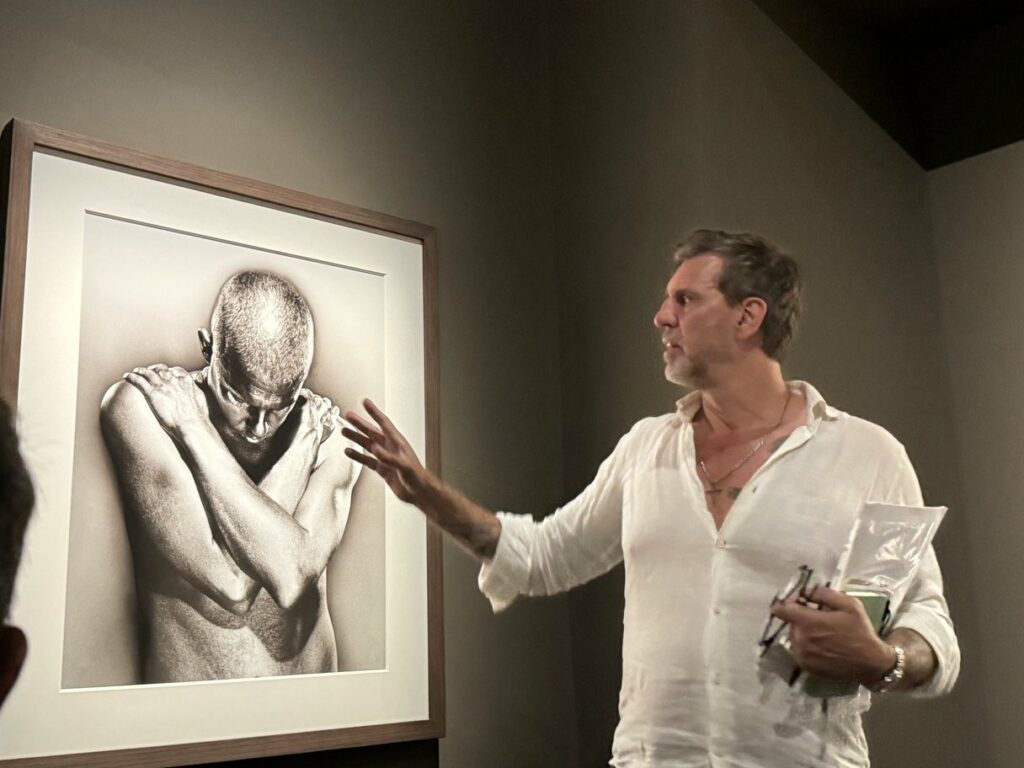
The tour was over. As I reluctantly walked out of the exhibition, I was unhappy about leaving those wonderful pictures hanging all alone on the walls, almost as if I were abandoning them to an unknown fate. After having spent enchanted moments in their company, I now had to say goodbye. Even the most beautiful dream eventually comes to an end; we wake up and have to return to reality.
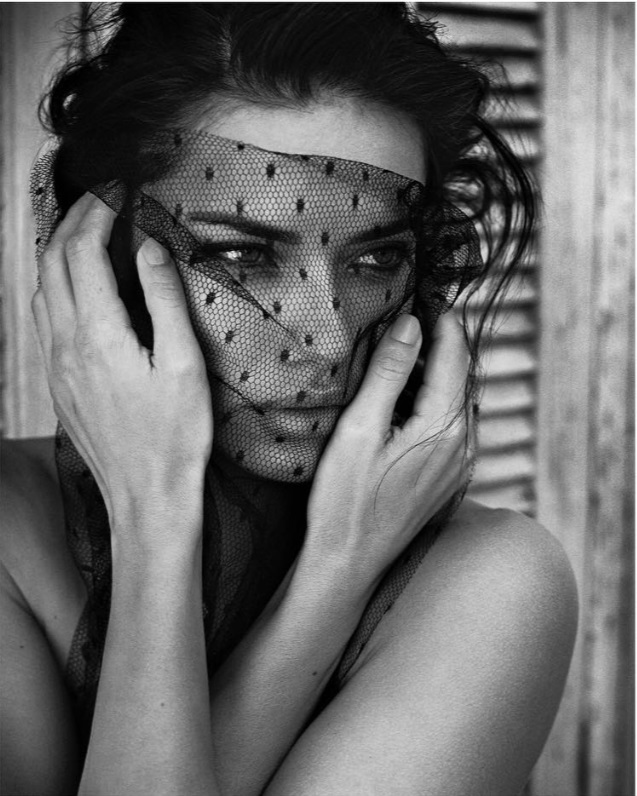
It was now time for me to interview Peters, but the first question was actually asked by him, as we were leaving the exhibition hall:
“Are you Italian?”
“Yes, why?”
At this point, the other members of the group came up say goodbye and thank Peters for the tour; he signed autographs, shook hands and exchanged pleasantries, after which we sat down for our chat without any interruption.
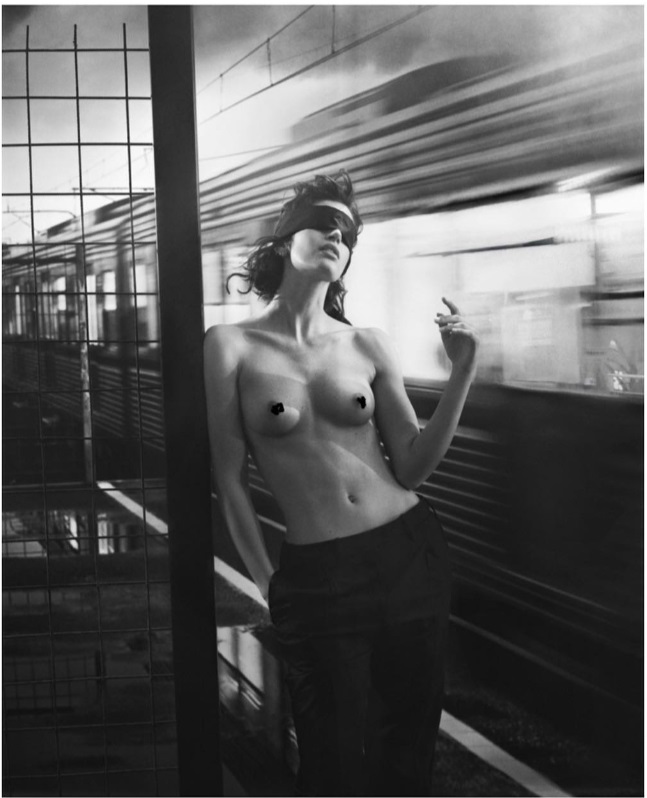
“Let’s start with your name, Vincent. Any reference to Van Gogh?”
“My parents met at art school, I come from a family of artists.” (Peters’s mother, herself an artist, is always present at the openings of her son’s exhibitions.) “When I think about it, my life does indeed resemble Van Gogh’s a bit. My ears are still in their place, but I’m just as crazy as he was!”
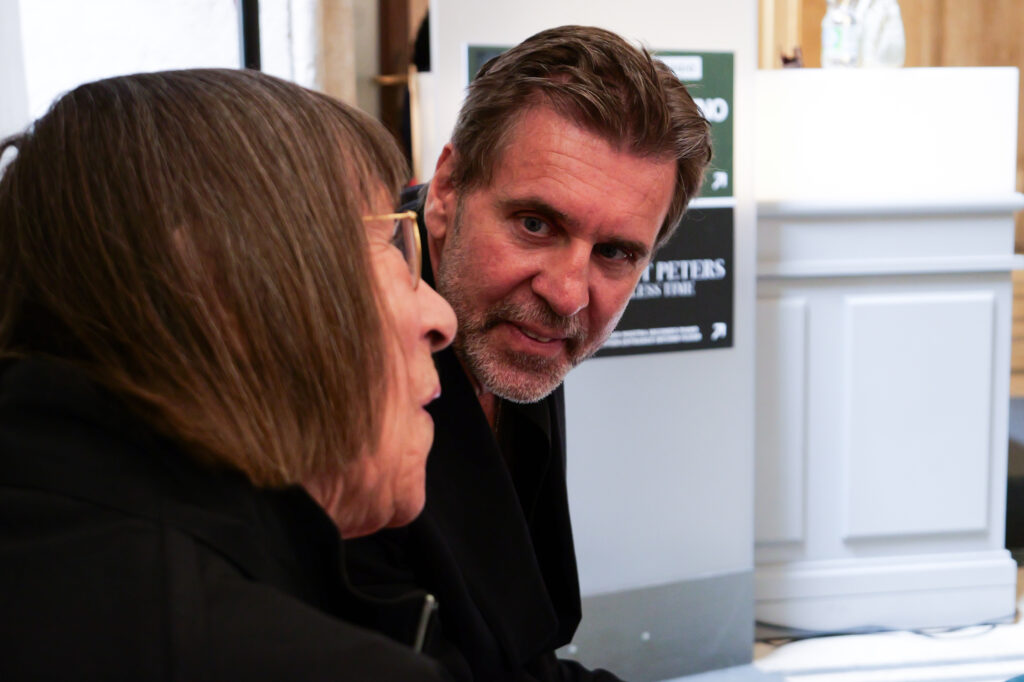
“Portrait photographer Clarence Sinclair Bull, who was active during the early Hollywood era, took more than four thousand pictures of Swedish movie star Greta Garbo; he said that the proportions of her face were absolutely perfect, so that she looked great in any pose and with any lighting. Do you too think that there are faces that are ‘easier’ to photograph?”
“A few days ago I was at the airport and I saw a very beautiful girl. Everything about her was perfect ‒ face, makeup, hairdo, clothes, body proportions. I was later told she’s the girlfriend of a famous football [i.e., soccer] player. Well, I would never photograph her, she didn’t communicate anything to me. Beauty in itself does not interest me, I look for something quite different in my subjects. I want them to have depth, I don’t want them to be just beautiful. That’s why I want my models to wear no more makeup than is strictly necessary and to be as natural as possible.”
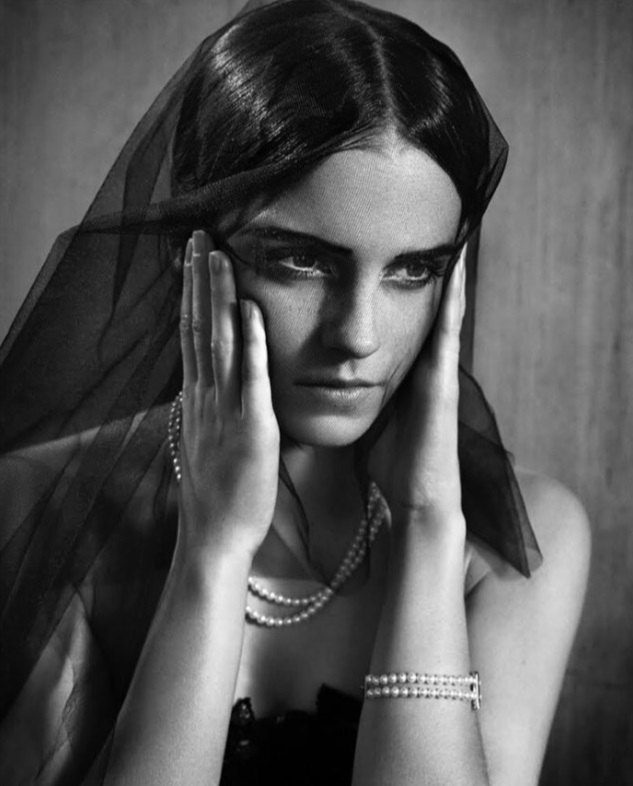
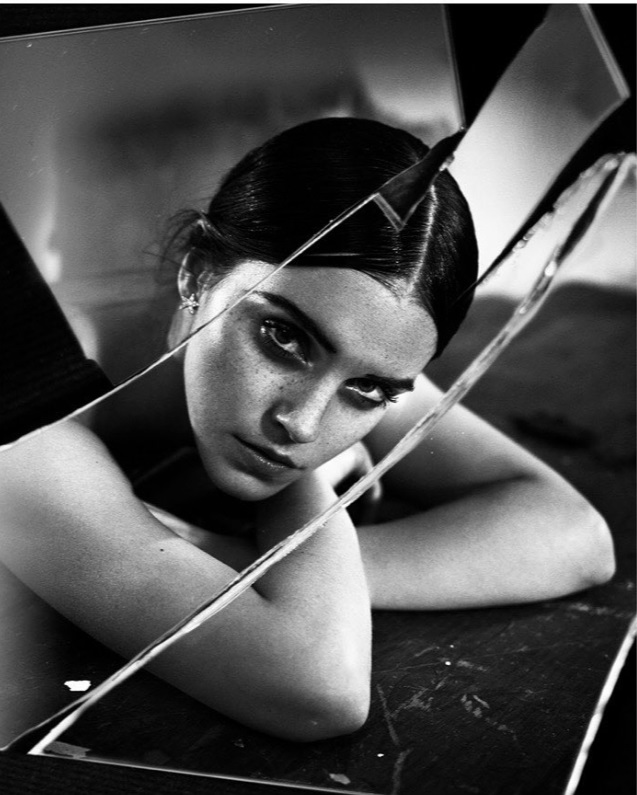
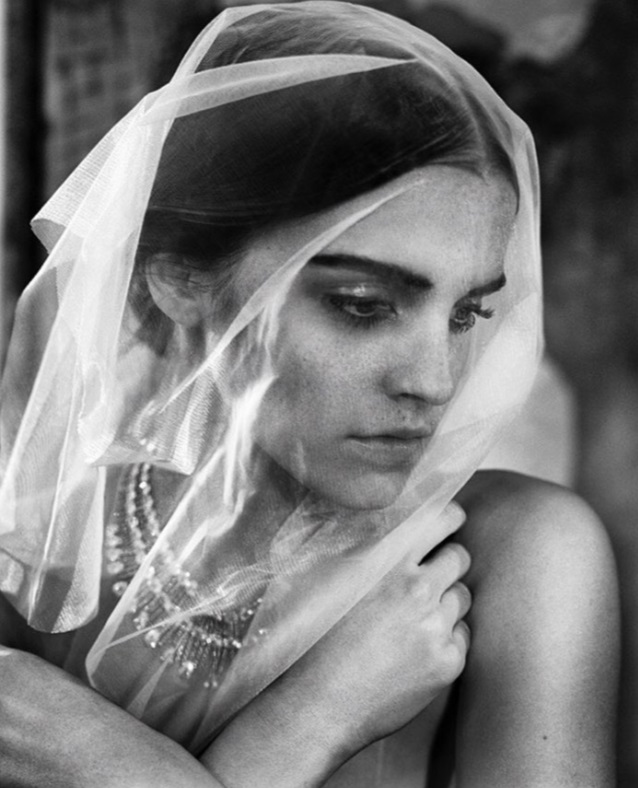
“Is it true you turned Madonna down?”
“I’ll tell you how it went. Somebody from Madonna’s entourage called me up for a photo shoot, but I was going to have to accept their conditions, that is, transfer full ownership of the photos, giving up any right to them. They could alter them as they saw fit and use them however they wanted and I would never be able to exhibit them in my own shows, such as this one, for instance. Obviously, I refused.”
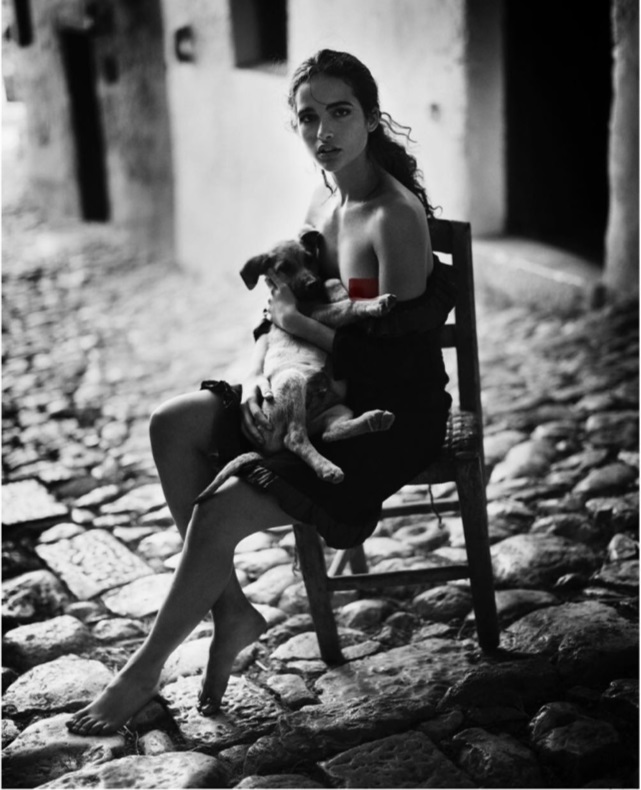
“You often talk about ‘rhythm’ to obtain a perfect photo, could you please explain what you mean?”
“We all have a rhythm. You have a rhythm, I have a rhythm, light has a rhythm. When the subject’s rhythm, my rhythm and the light’s rhythm meet, you have a perfect picture. It all happens within the time it takes for the shutter to be released, 1/125th of a second. An instant later the photo would not be the same. Like our conversation, five hours from now it would be completely different.”
“Physics tells us that white is the sum of all colors, black is their absence. If you photograph a yellow object and a blue one in black and white, you’ll obtain two different shades of gray. How do you choose colors?”
“A black and white photo is like a piece of music. Grays make up the main melody, while white and black are high and low notes, respectively. When I prepare a project I know exactly what I want, from the setting to the lighting to the grays, and act accordingly.”
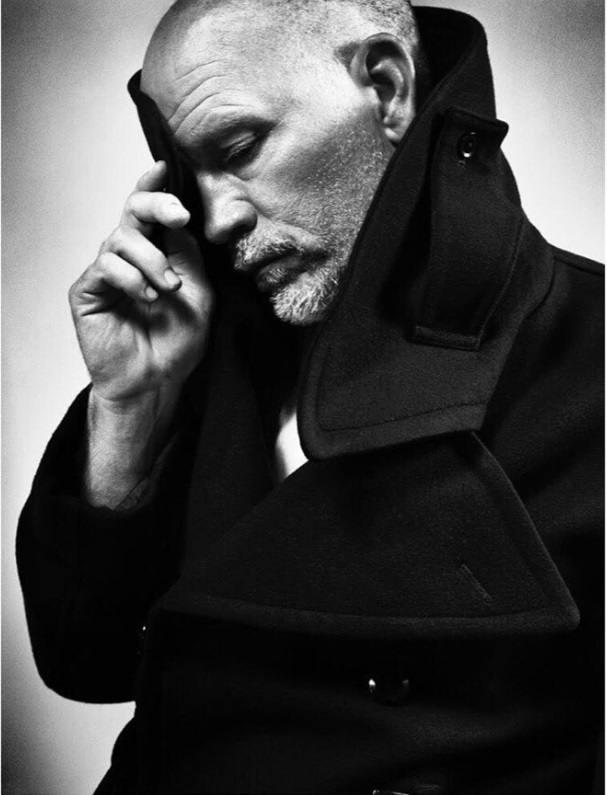
“Speaking about music, you filmed an ad with Andrea Bocelli a few years ago.”
“It isn’t easy nowadays to find a cameraman that uses analog film, but we finally made it. Andrea Bocelli is an extraordinary person, he’s completely blind and he sings all day. I think blindness is a terrible thing, not to be able to see the beauty of art, to see my photographs any more! It’s awful!”
“What does the word ‘Italy’ make you think about?”
“Definitely neorealist cinema. My parents always spoke to me about it when I was a child; I didn’t understand much about it then, but from their words I figured out it was something very important. Post-World War II films made in Italy were showing how real people lived, how they struggled to survive day by day; in the U.S., on the other hand, the scene was dominated by escapist movies. Films like Ladri di biciclette (Bicycle Thieves), Riso amaro (Bitter Rice) and Rocco e i suoi fratelli (Rocco and His Brothers) have been fundamental for my personal growth. And I certainly can’t forget Italian art, architecture, your beautiful cities. And the music, beautiful! I love both Puccini and Ornella Vanoni, two totally different genres!”
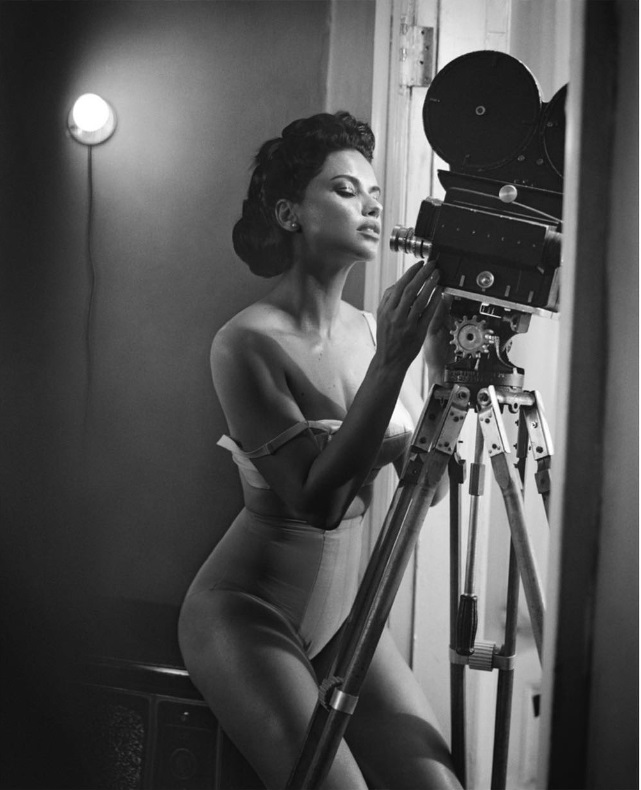
“Are you working on a new project?”
“Yes. I hope I’ll be able to go through with it, it’s very complicated. I’m interested in the idea of motherhood and I want to take a picture of a model with a fawn. It’s not easy, fawns are very timid and grow fast, at three weeks they’re already too big for what I’ve got in mind. Also, one has to be very careful, otherwise the fawn’s mother might not recognize it any more and reject it; we don’t want to harm it. I would also like to photograph its father, with his big antlers. We’ve been contacting some wildlife reserves, hopefully it will work out.”
“Before saying goodbye, can you tell me why you asked me if I were Italian?”
“I’m an artist, and artists want to be understood. In Germany, my own country, they don’t understand me. Not even in Berlin, which seems an avant-garde city, but actually everything is very superficial there too. In Italy I’m fine, I feel understood. Rome is an extraordinary city, my favorite one; in every corner there’s a church full of art, paintings, statues, beauty, that are a source of inspiration for me. I had one of my models hold her hands just like those of a Madonna I saw in a church here in Rome [Santissima Trinità degli Spagnoli, on Via dei Condotti]. And then there’re the palaces, the architecture. If I could I’d live in Rome. Sadly, there wouldn’t be much work for me here.
As an Italian, you’ve understood my message, you fully understood what I want to say with my pictures and I’m grateful to you for that.”
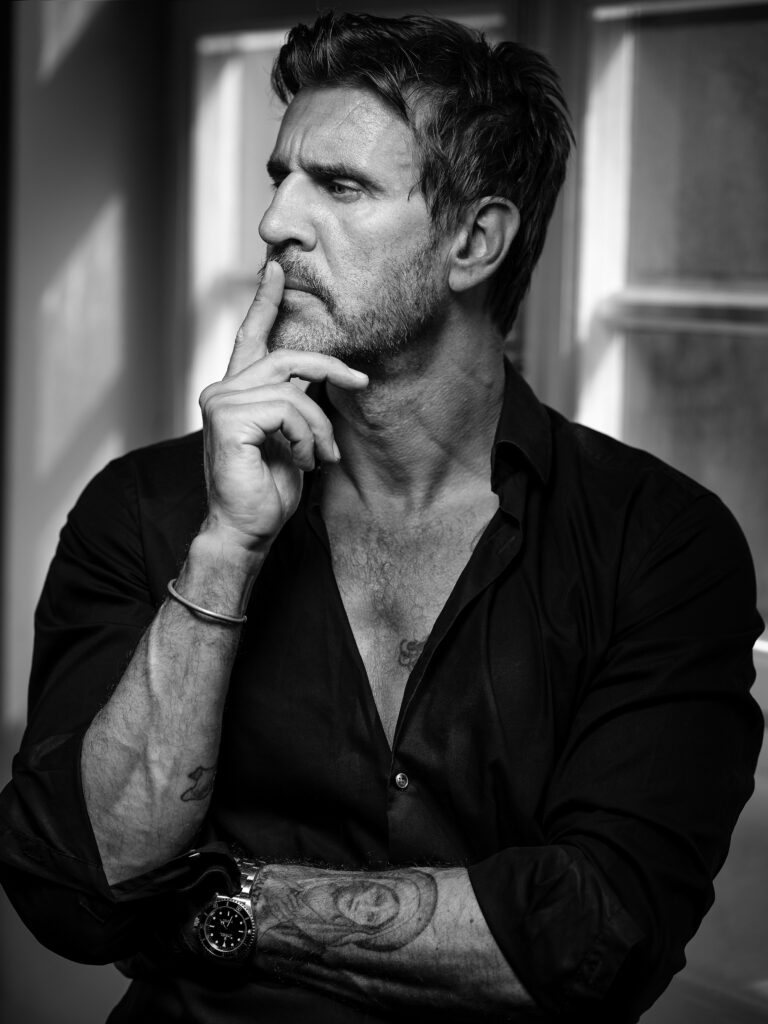
My thanks to you, Vincent. When these articles come out, I’m sure you’ll feel even more understood, not only by me, but by our readers as well, for they will come to see this beautiful exhibition and dream of themselves inside your pictures.
June, 2024
***
Some of the pictures were kindly provided by ARTHEMISIA (www.arthemisia.it), others come from Vincent Peters’s Instagram account @vincentpeters1.
My thanks to Priscilla M. for her advice and suggestions and to Serena Greci Green for translating this article from the Italian.
Our links:
https://www.cittamese.it/2024/07/10/vincent-peters-si-racconta-prima-parte/
https://www.cittamese.it/2024/05/15/vincent-peters-visto-da-noi/
https://www.cittamese.it/2024/07/11/vincent-peters-si-racconta-seconda-parte/
https://www.cittamese.it/2024/09/19/vincent-peters-in-rome-part-one-the-tour/
Lorem ipsum dolor sit amet, consectetur adipiscing elit. Ut elit tellus, luctus nec ullamcorper mattis, pulvinar dapibus leo.

